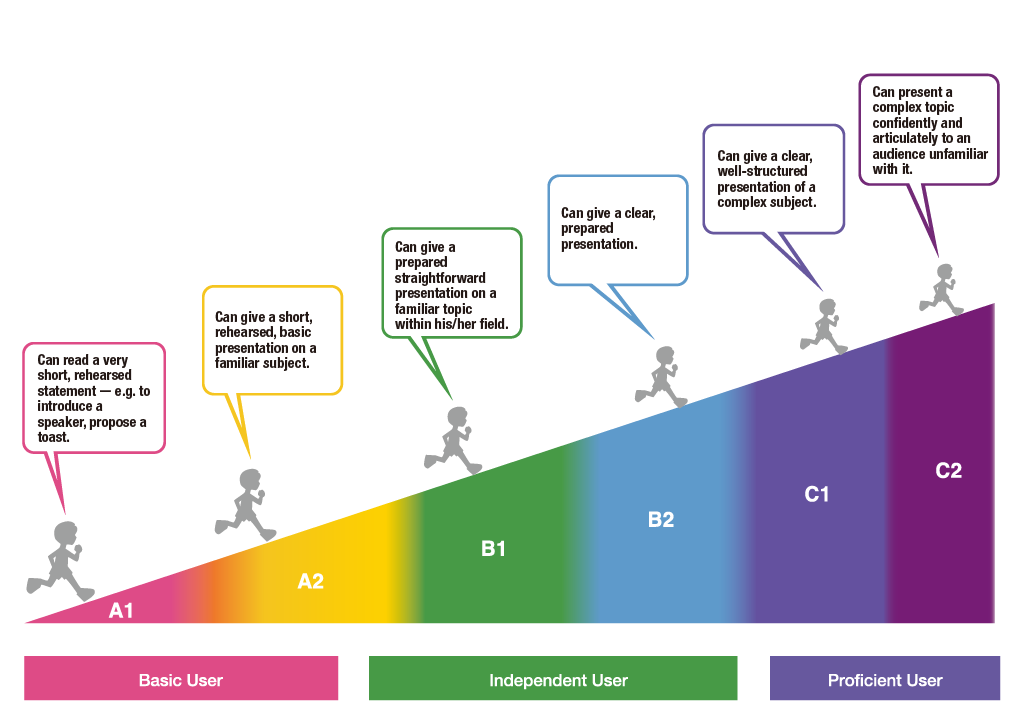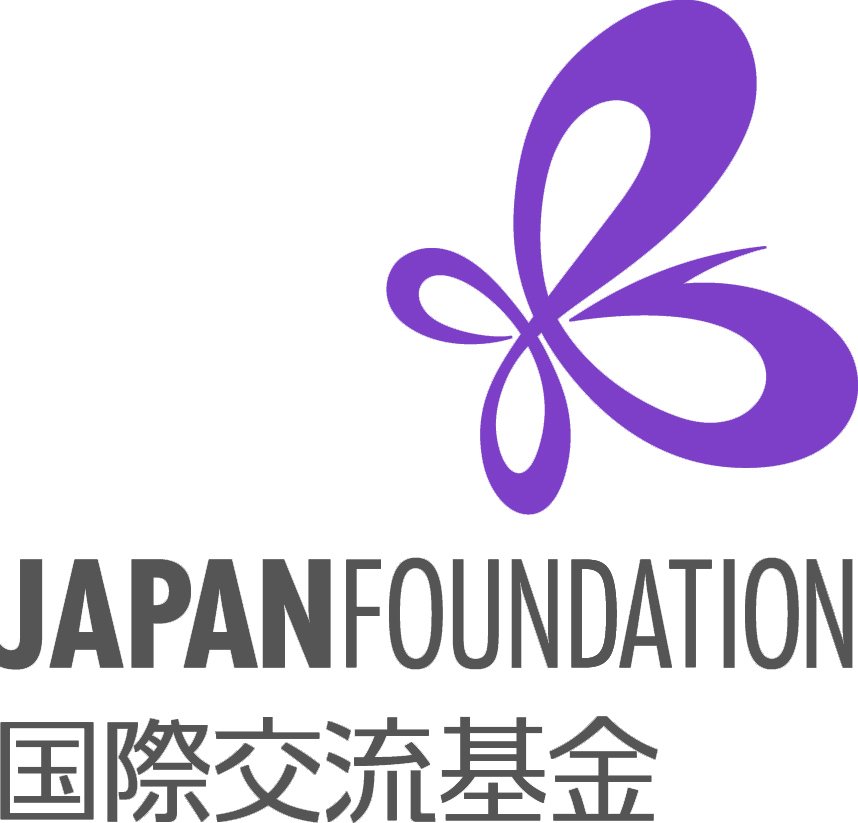The levels of the JF Standard are not based on what kind of grammar you know, or how many words or kanji you know, but what kind of tasks you can accomplish using Japanese.
These Can-dos, beginning with "I can ...", describe ability at completing tasks, and are divided into six levels from A1 to C2. These six levels are the same as those used in the CEFR, so it is possible to understand your Japanese proficiency using levels that are common with those used for other languages.
The JF Standard consists of both CEFR Can-dos and JF Standard Can-dos.
CEFR Can-dos are multipurpose abstract descriptors, while the JF Can-dos are examples of practical language activities related to situations where you use Japanese.
By making these Can-dos learning objectives, you can plan your learning so that it focuses on actual communication.

The six Can-do levels
CEFR is an abbreviation of Common European Framework of Reference for Languages: Learning, teaching, assessment. It is being widely introduced as a common framework for language learning and education around the world.
You can search CEFR Can-dos and JF Can-dos at Minna no Can-do website 

 JF Standard for Japanese-Language Education
JF Standard for Japanese-Language Education